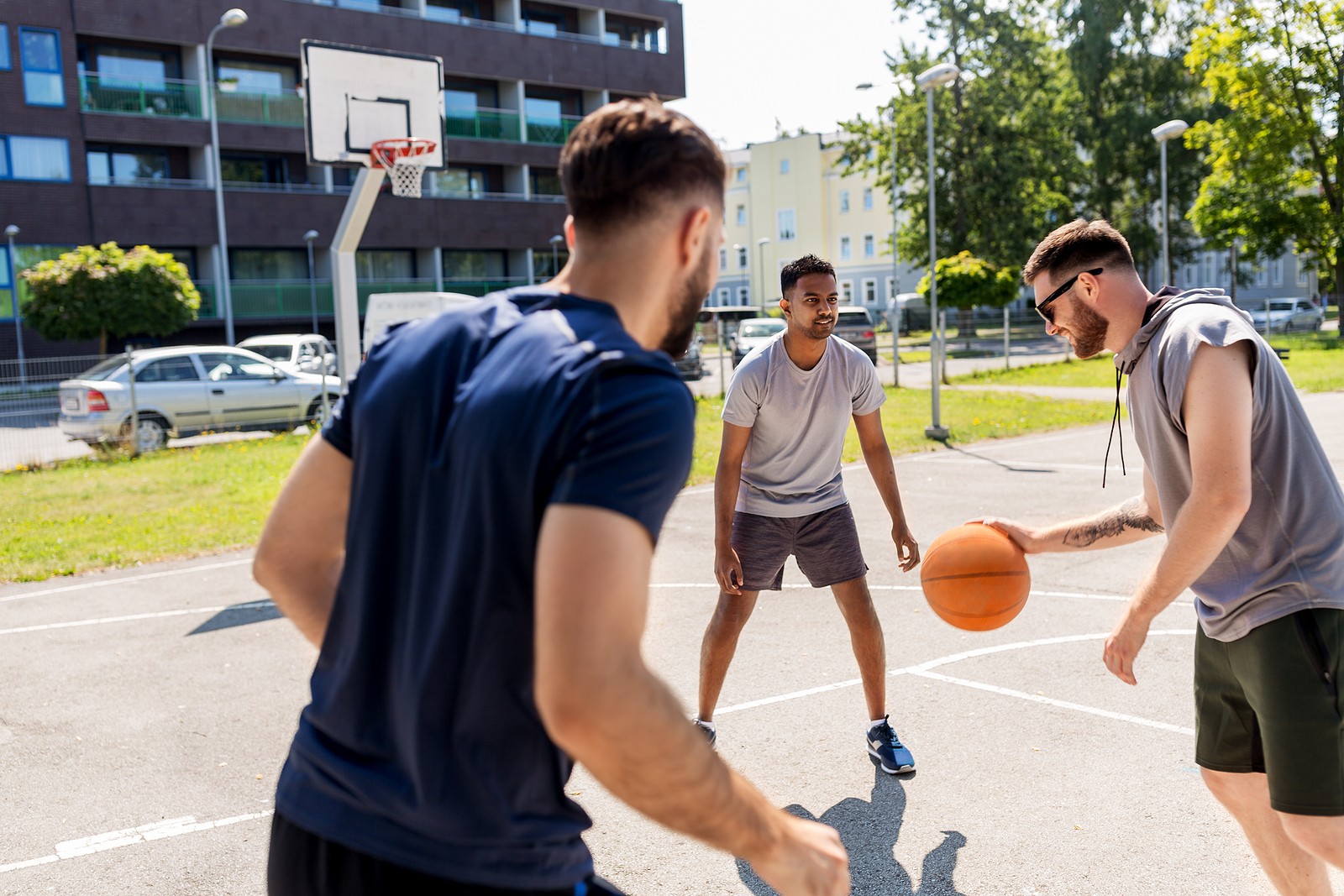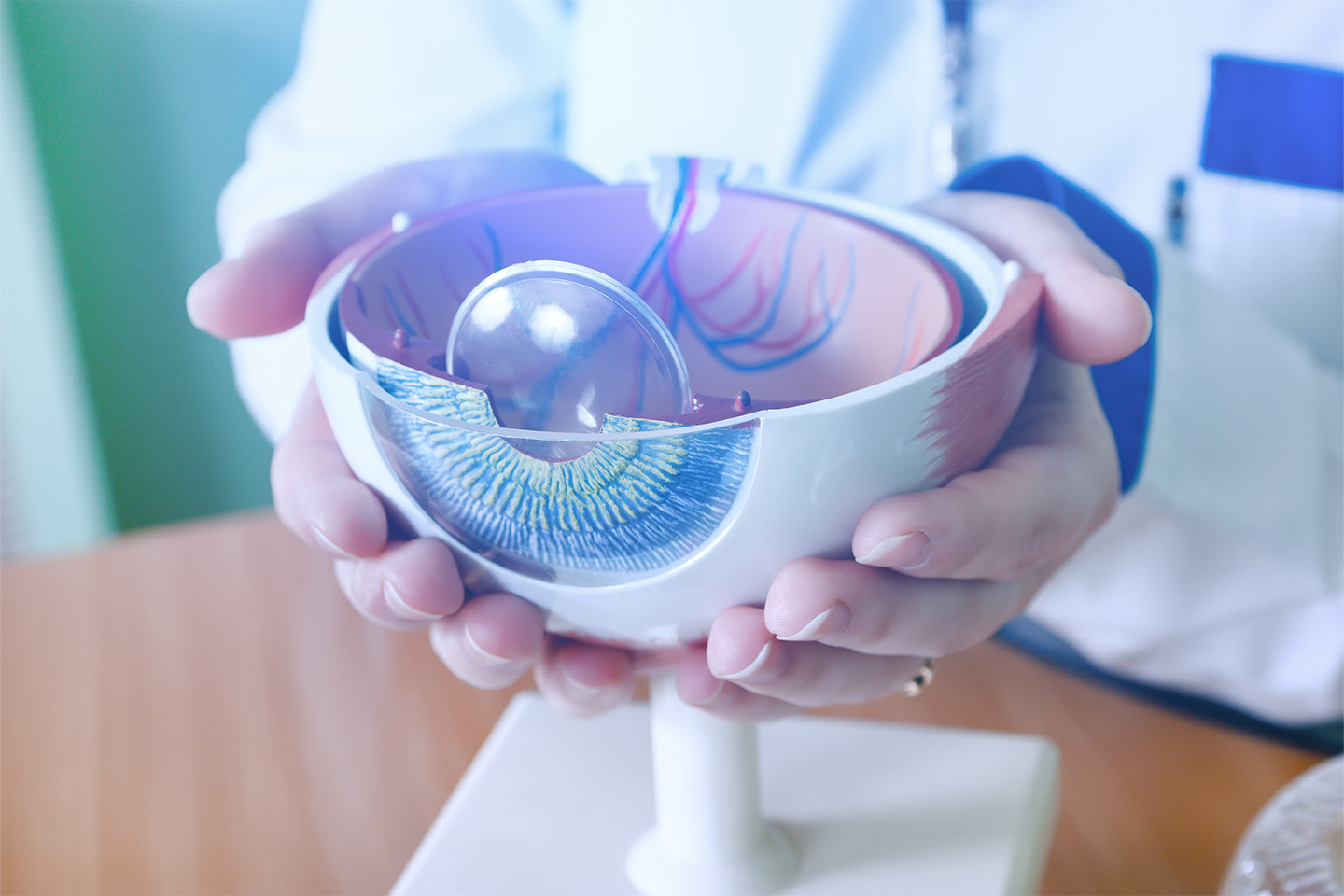Sports Eye Safety Month: Tips for Protecting Your Eyes

The American Academy of Ophthalmology recognizes April as Sports Eye Safety Month, a month-long campaign educating athletes of every level about how to prevent eye injuries through proper protection. In fact, there are nearly 30,000 sports-related eye injuries every year in the U.S. and 90% of these injuries are completely preventable with the right eyewear.
Continue reading to learn how to protect yourself or your student-athlete from eye injuries this season.
Sports with the most eye injuries
Surprisingly, basketball is the leading cause of sports-related eye injuries, especially among 15-24-year-olds. For children 14 and under, baseball and softball have the most injuries each year.
Other sports with frequent eye injuries include:
- Hockey
- Racquet sports
- Fencing
- Lacrosse
- Boxing and martial arts
- Paintball
Common types of sports-related eye injuries
1. Blunt Force Trauma
Blunt force trauma occurs with any forceful impact to the eye or brow. This type of injury typically results from misjudging the speed of a flying object, which is the case in sports like baseball, tennis, etc.
Minor cases will usually result in a black eye, while severe injuries may end in a ruptured eyeball, detached retina, or orbital fracture.
2. Penetration
In some sports, an object, such as broken glass, flying debris, gear, or equipment can penetrate the eye, which can cause permanent vision loss if not attended to immediately
3. Corneal Abrasion (Scratches)
The same objects that can penetrate the eye can also scratch the eye’s surface. However, this injury is easily treated and may even resolve itself in a matter of days. It is prevalent in baseball when diving for home plate or basketball when a fingernail scratches another player’s eye during close contact.
4. Radiation
Powerful UV rays can do just as much harm as physical objects. Prolonged exposure increases the risk for vision loss, damage, pterygium, and photokeratitis. Radiation injuries can happen in snow and water sports, such as surfing, skiing, etc.
Radiation damage can also increase the chance of cataracts and macular degeneration as you get older.
How to protect your eyes from sports-related injuries
Properly fitting eye protection specific to your sport is key to preventing eye injuries. Your eyewear should be approved by the American Society of Testing and Materials (ASTM). These types of lenses are made of impact-resistant polycarbonate materials for increased safety.
Even in sports with helmets, the eyes are often left vulnerable to damage. Remember that traditional prescription glasses do not provide adequate protection. Goggles or wrap-around glasses that are up to standard provide for better protection.
Wearing sunglasses that protect against both UVA and UVB will protect the eyes from damage while engaging in outdoor sports. In addition, polarized lenses and anti-reflective coating reduce glare, enhancing visual clarity.
Treatment for Eye Injuries at Kleiman Evangelista Eye Centers
Our eye care specialists in Dallas are prepared to diagnose, treat, and monitor your eyes after injuries of any level. For instance, our corneal abrasion therapy offers topical pain relief and a bandage lens for at least 24 hours or longer, depending on the severity of your scratch.
The surgical approaches from our experts in cataract and LASIK eye surgery in Dallas can help heal retinal detachment, ruptures, and other injuries you or your student-athlete may have sustained while on the field or court.
The number one thing you can do to protect your eyes during the sports season is to schedule a regular eye exam at Kleiman Evangelista Eye Centers of Texas. You want to be able to see crisply and clearly during every game, match, and meet to improve your skills and keep you safe.









